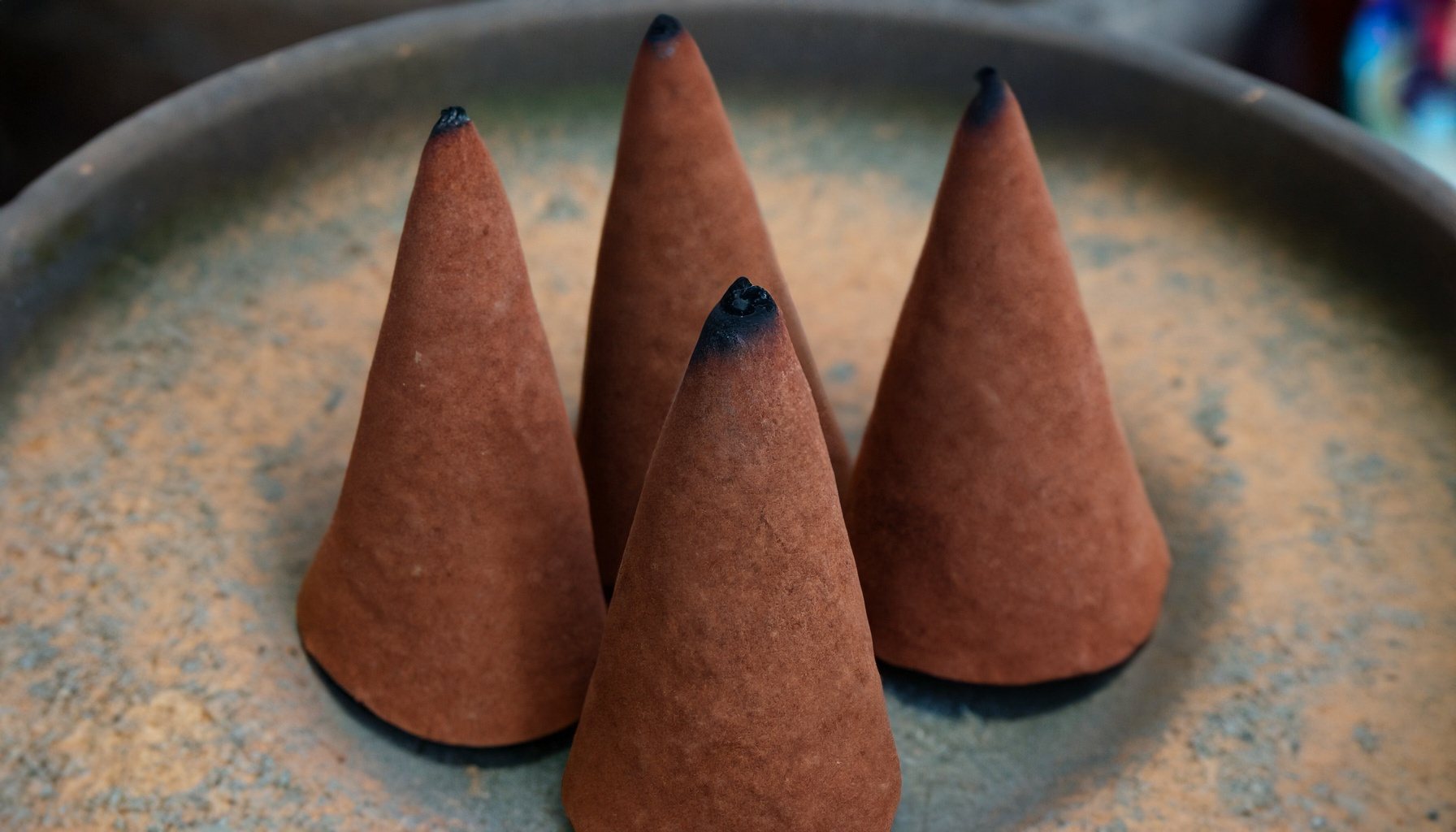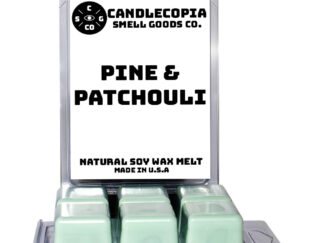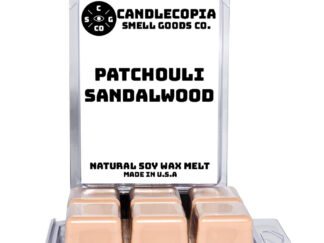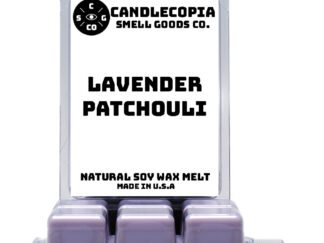
Patchouli (Pogostemon cablin) is a plant species in the family Lamiaceae. Native to tropical regions of Asia, it has a rich history and has been used for centuries for its distinct aroma, medicinal properties, and other uses. Here’s an overview of the history of patchouli:
1. Origins and Early Use:
- Region: Patchouli is believed to have originated in Southeast Asia, including the Philippines, Malaysia, and other tropical areas.
- Traditional Medicine: In traditional Asian medicine, patchouli was used for its anti-inflammatory, antiseptic, and diuretic properties.
- Insect Repellant: The strong scent of patchouli was often used to deter insects, particularly in India.
2. Spread to Other Regions:
- Middle East: The aromatic quality of patchouli made it popular in the Middle East, where it became a staple in the incense trade.
- Europe: Patchouli was introduced to Europe in the 19th century. The scent became associated with orientalism and was highly sought after.
3. Victorian Era:
- Fashion: Patchouli became popular during the Victorian era. Its scent masked the odor of unwashed fabrics, and it was used as a moth repellent for clothing.
- Perfumery: This period also saw an increase in the use of patchouli in perfumes.
4. The 1960s and 70s:
- Counter-Culture: Patchouli experienced a resurgence in popularity during the 1960s and 70s, particularly among the “hippie” movement in the United States and Europe. It was seen as a symbol of exotic, alternative cultures.
- Essential Oils: Patchouli oil was popular for its distinct scent and supposed “mind-enhancing” properties.
5. Modern Times:
- Perfumes and Cosmetics: Patchouli continues to be a popular ingredient in perfumes, cosmetics, and incense, valued for its earthy, grounding scent.
- Aromatherapy: In contemporary holistic practices, patchouli is often used in aromatherapy for relaxation and stress relief.
6. Cultivation:
- Farming: Modern cultivation of patchouli is primarily for the extraction of essential oil. It is cultivated in tropical and sub-tropical regions around the world.
- Harvesting: The oil is extracted from the dried leaves of the plant through a process of steam distillation.
-
Product on sale
 Pine and Patchouli Wax Melts by Candlecopia®, 2 PackOriginal price was: $11.95.$10.75Current price is: $10.75.
Pine and Patchouli Wax Melts by Candlecopia®, 2 PackOriginal price was: $11.95.$10.75Current price is: $10.75. -
 Patchouli Sandalwood Wax Melts by Candlecopia®, 2 Pack$11.95
Patchouli Sandalwood Wax Melts by Candlecopia®, 2 Pack$11.95 -
 Lavender Patchouli Wax Melts by Candlecopia®, 2 Pack$11.95
Lavender Patchouli Wax Melts by Candlecopia®, 2 Pack$11.95 -
 Sweet Patchouli Wax Melts by Candlecopia®, 2 Pack$11.95
Sweet Patchouli Wax Melts by Candlecopia®, 2 Pack$11.95
In essence, patchouli has journeyed from ancient medicinal uses in Asia, through the ornate parlors of Victorian Europe, to the bohemian corners of mid-20th century America, and into contemporary aromatherapy and perfumery worldwide. The oil’s woody, sweet, and spicy aroma continues to be valued across various cultures.
See also: 12 Iconic Natural Aromatics
